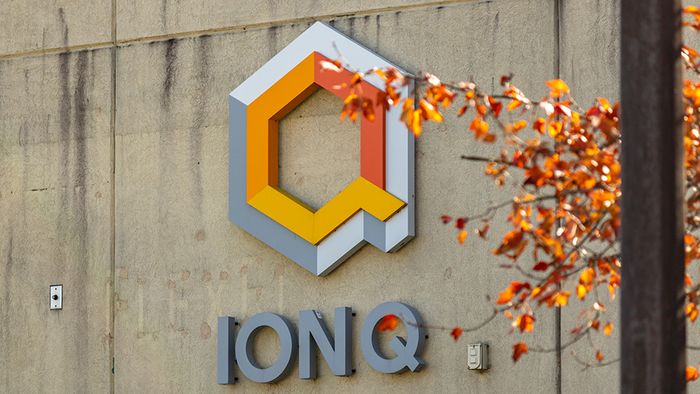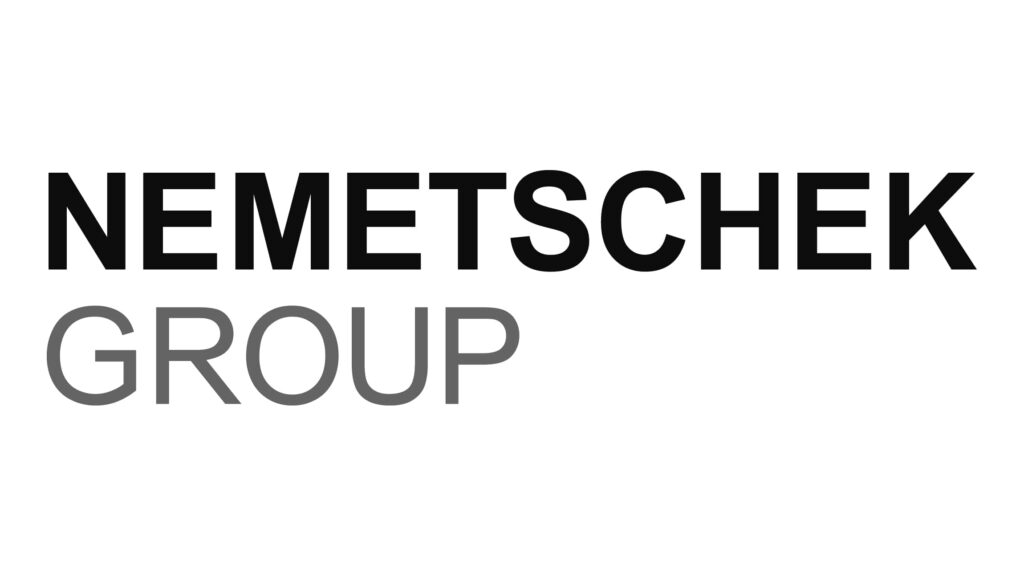What’s new in Apple’s iOS 16.4 update for iPhone users?
Currently, in beta testing, the software update will be made accessible to the general public in the spring, most likely in March or April. The iOS 16.4 upgrade from Apple, which brings a number of new features and improvements for the iPhone, is about to go live.

With iOS 16.4, Safari on the iPhone now has opt-in compatibility for web-based push alerts.
Through this feature, users can receive notifications from webpages through Safari just like they would from applications downloaded from the App Store. Push message requests can only be made by websites that users have saved as web apps on their home screens.
Also Read: Instagram starts testing its age verification tools in more countries
A shaken face, a heart in 3 new color choices, a jellyfish, a moose, a donkey, and other new emoji are among the new Unicode 15.0 emoji that are included in iOS 16.4.
With iOS 16.4, a new “Beta Updates” menu has been added under General Software Update in the Settings app. This menu will make it easier for participants in Apple’s Developer Program to obtain developer betas of iOS without having to download configuration profiles from the website for developers.
The same menu also makes it simple to activate iOS’s public betas. Only if one’s iPhone is signed onto the same Apple ID that they used to join up for Apple’s Developer Program will the developer beta option be visible.
This new menu will serve as the sole method to allow developer betas in subsequent iOS releases, according to Apple, stopping config profiles from being utilized and distributed for free online.
In the Podcasts app for iPhone and CarPlay, iOS 16.4 adds a number of new features. The Up Next queue now includes episodes that listeners have stored in their Library and episodes that they stream from programs they do not follow.
A new Channels menu in the Podcasts app offers a list of podcast streams all in one place on the iPhone. The Listen Now and Recently Played queues, as well as audio suggestions in the Browse tab, are now accessible through CarPlay’s Listen Now tab.
Also Read: Google expands Gmail client-side encryption to more users
iOS 16.4 brings back Apple’s revised Home app architecture, which was originally introduced with iOS 16.2 but later removed due to problems.
After updating to iOS 16.4, the Home app offers an optional upgrade with the new underlying architecture. Apple claims that the new design will improve the app’s usefulness, potency, and dependability for controlling smart home devices. The new design comes after iOS 16.1 added support for Matter accessories to the Home app.

I am a law graduate from NLU Lucknow. I have a flair for creative writing and hence in my free time work as a freelance content writer.







